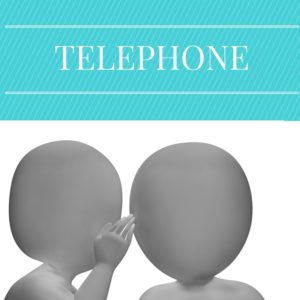
When I first started teaching, I had never even heard of two truths and a lie. Crazy, right? Now, it is a staple in my classroom, because it is no prep, requires no materials, and gets students talking and listening.
I either run it as a whole class activity in small classes, or we play in groups of 4-6 in a bigger class. My general rule of thumb is that it takes around 3-4 minutes per student without follow-up questions. However, if you allow 2-3 minutes for students to quiz the speaker for more information, it takes about 6-7 minutes per student.
This is a useful activity not only for practicing the speaking sub-skills of initiating a conversation and responding to something in a questioning/ doubtful way but also for practicing “always/ usually/ sometimes/ never” or “can/ can’t” and “I’ve.” For example, if you allow question time, students will have to say something like, “You can make/play/do _____? I don’t believe you! Tell me _____.”
If you haven’t played it before, it’s an easy game. Students begin by writing three sentences, one of which is false. They read their sentences to their group and the other students guess the false one. Higher level classes can ask three questions, or question the person for a pre-determined amount of time (2-3 minutes) to determine the false one. Each student gets a turn to play. A correct guess gets one point. If no one guesses a student’s lie, that student can get a point, too, if you like. The lower the students’ level, the fewer rules you should have, though.
You can do this as a single activity in one class, or you can also do it over a series of days as a warmer to begin class or a filler at the end. This is a great first-day ice breaker if your students haven’t met before.
Before you have students write their sentences, give them a few examples of good sentences and bad sentences. You may even want to write them on the board. “Good” sentences include ones about hobbies or experiences they have had– information that they can elaborate on in answer to the other students’ questions. “Bad” sentences would be ones that have no other details for students to discover through questioning, such as, “I was born at X Hospital.”
Time each turn to keep the game moving. At the end, you can finish up by asking which students were able to trick their classmates, who was the best at picking the lies, etc.





